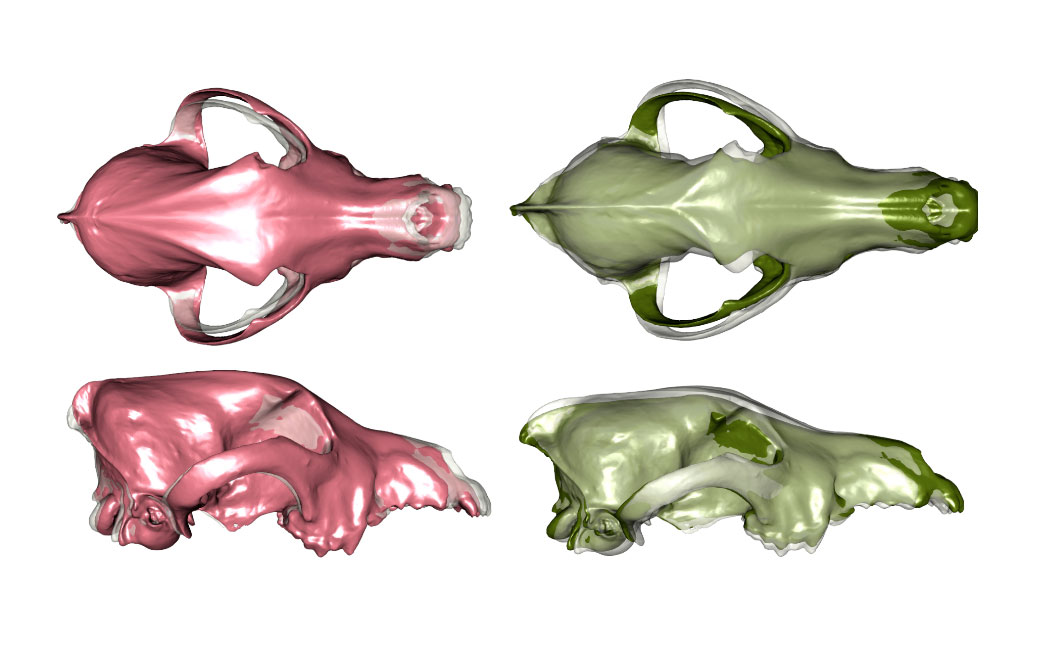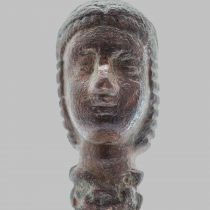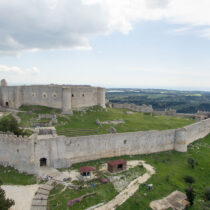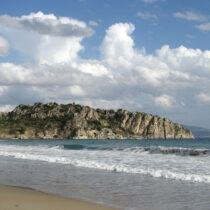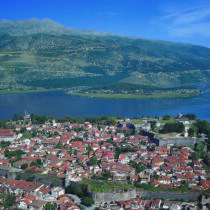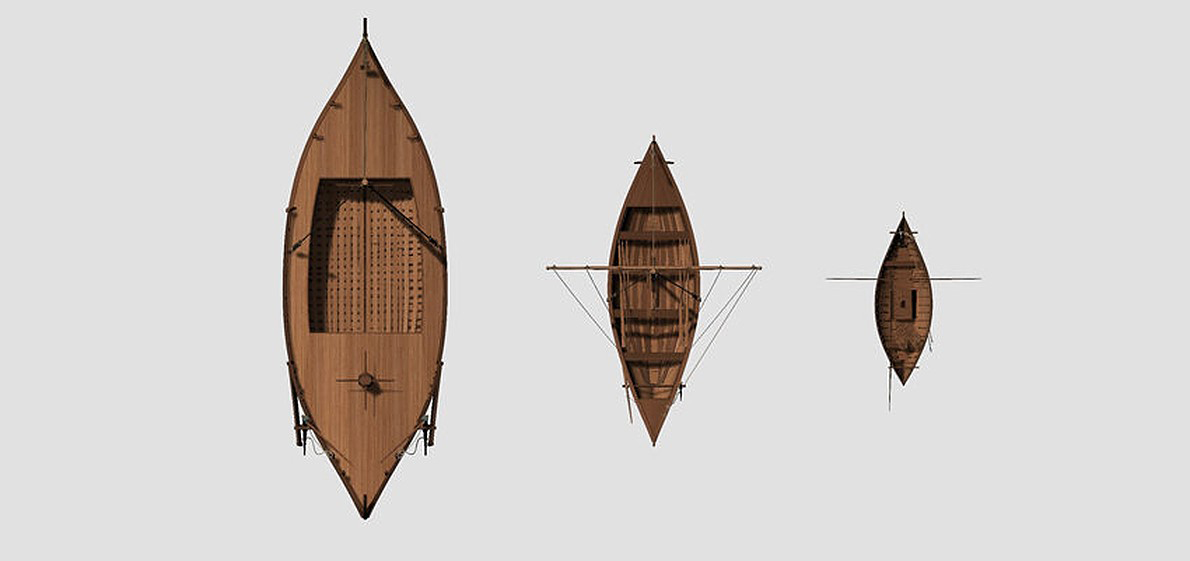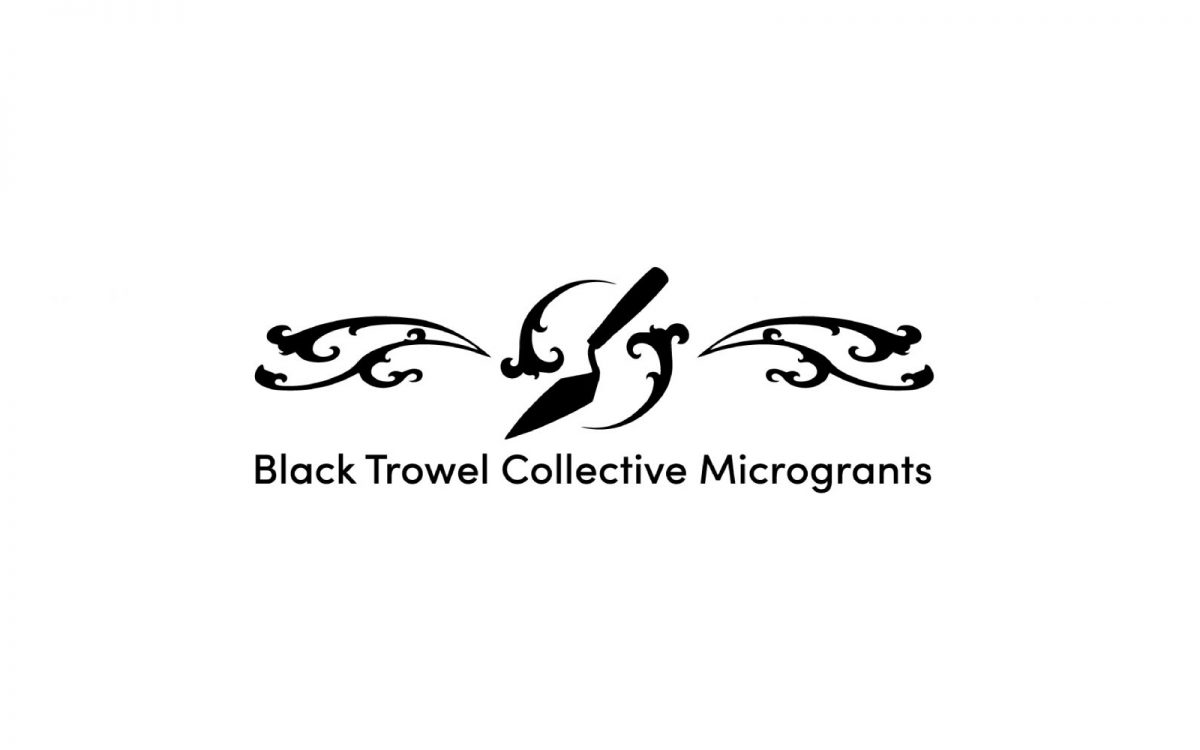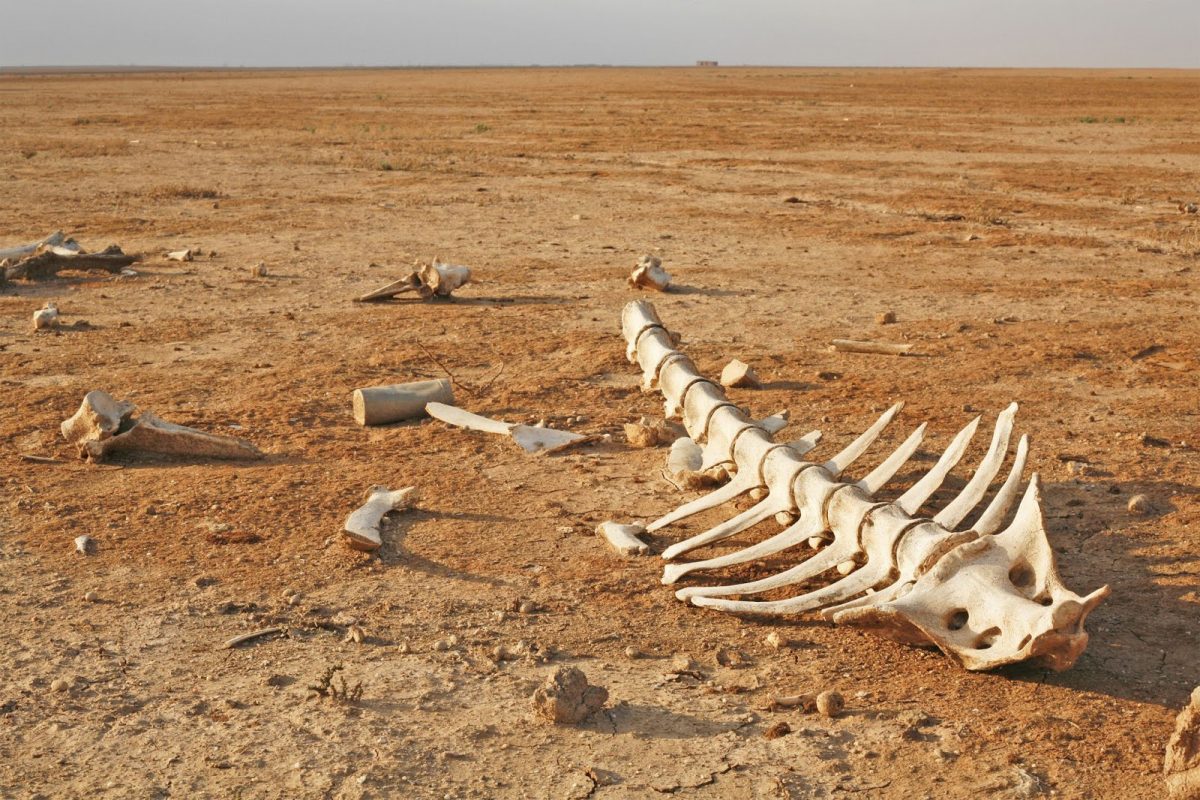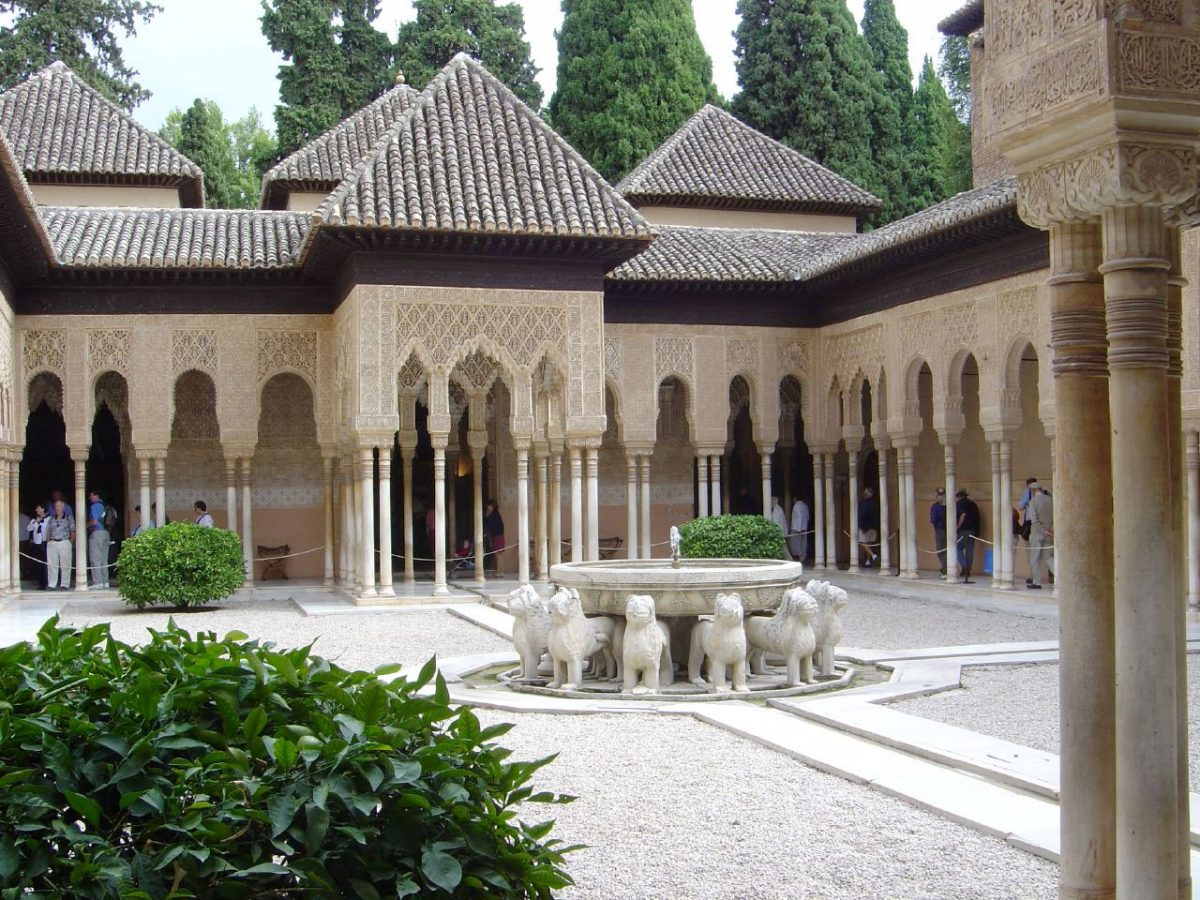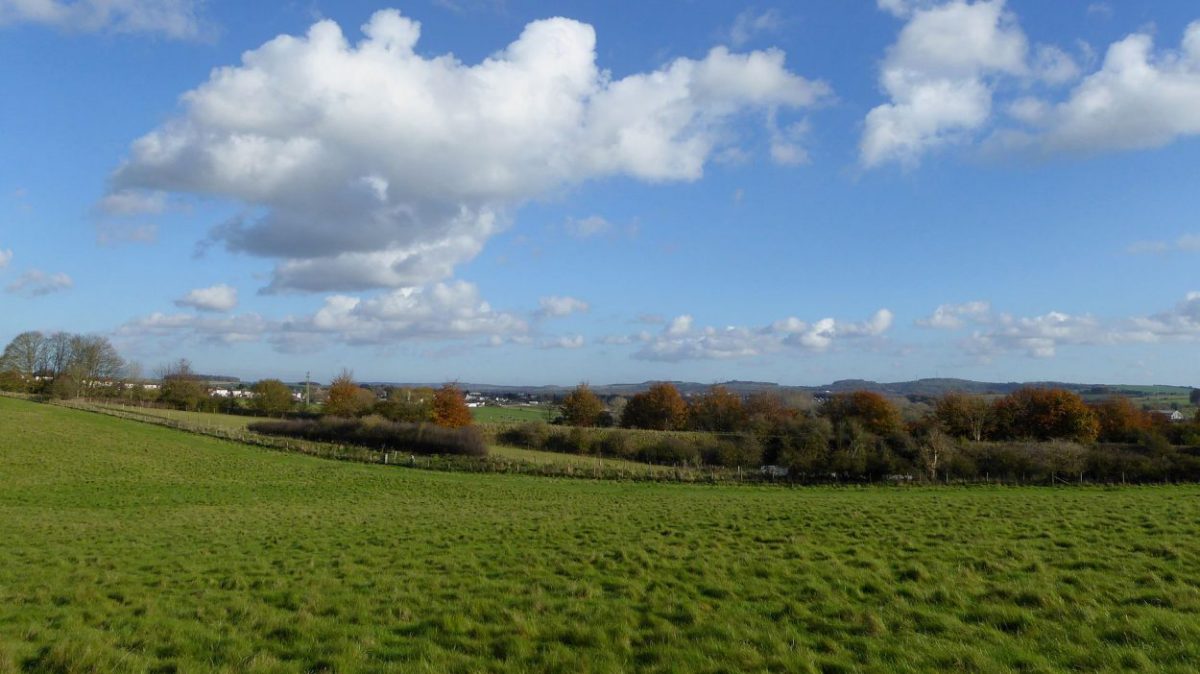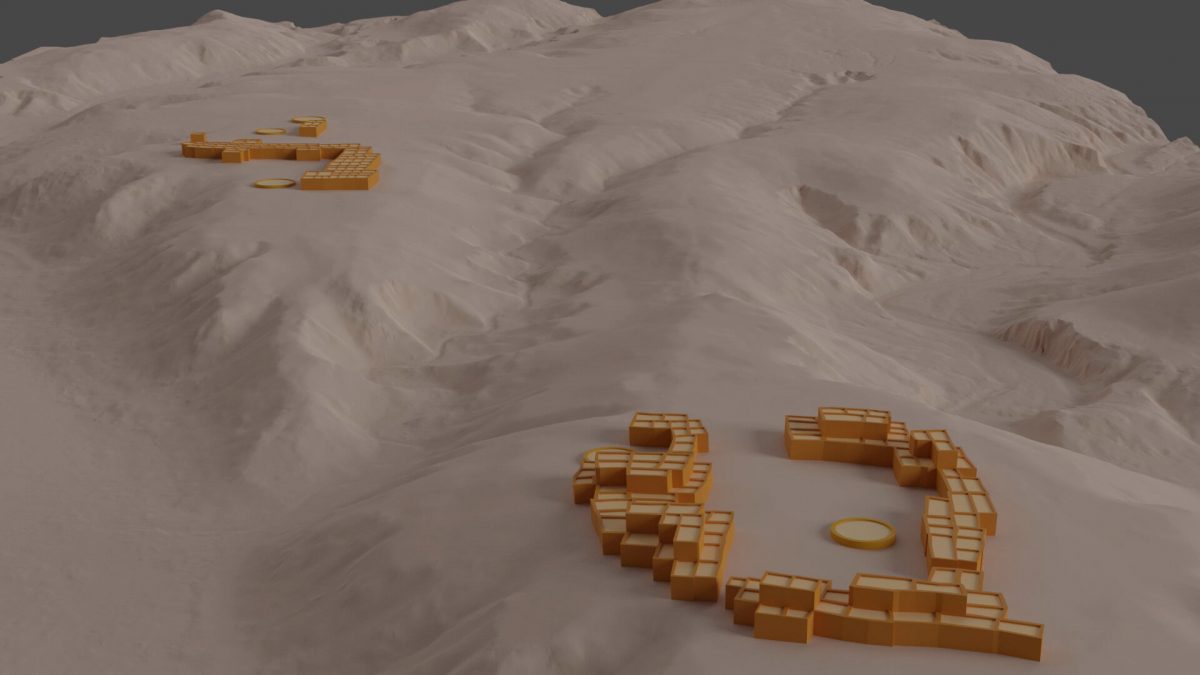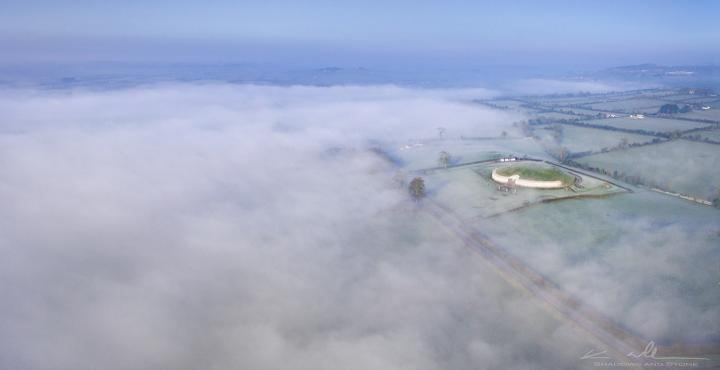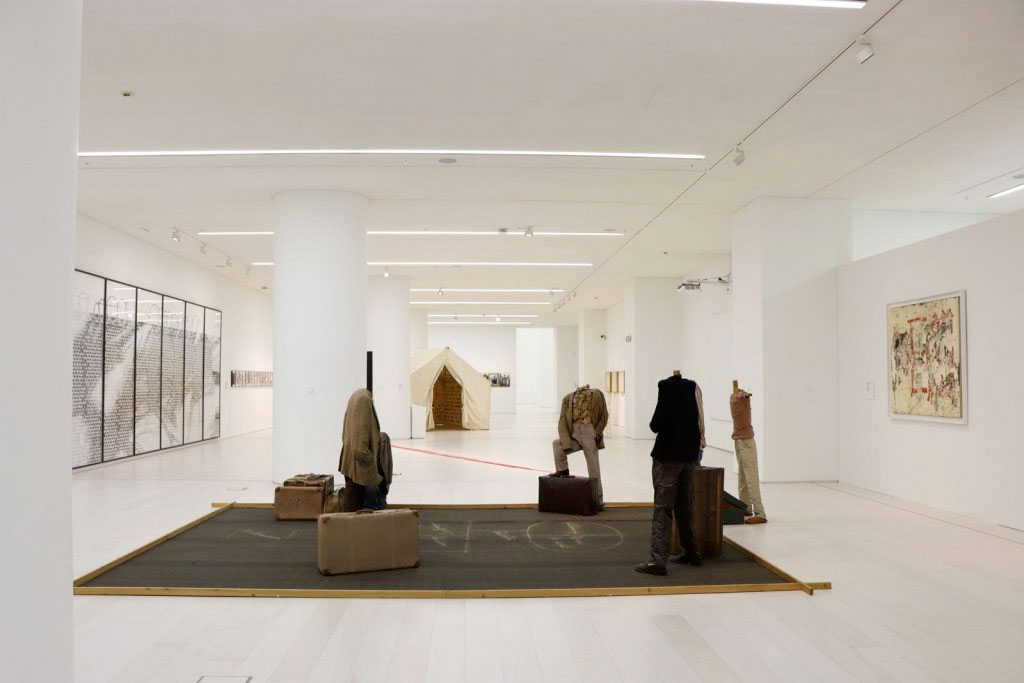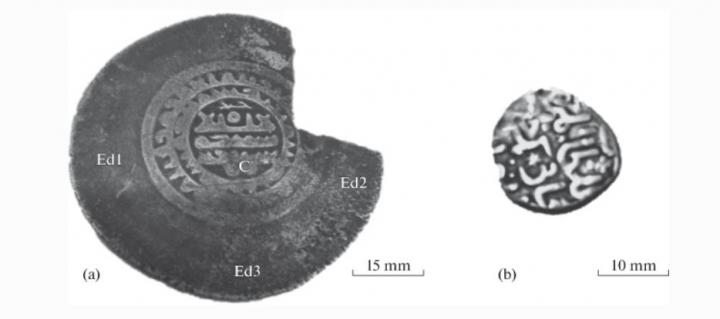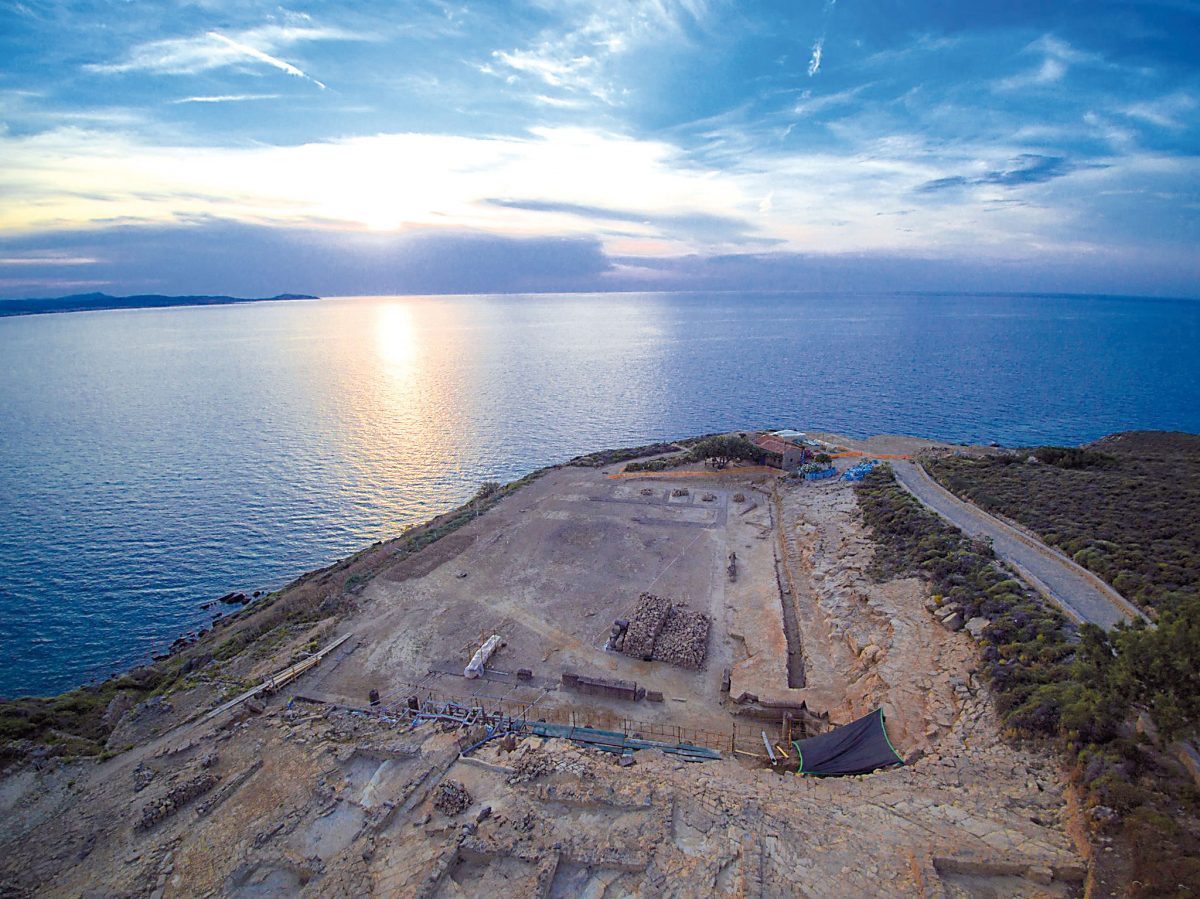Alaska’s volcano linked to period of extreme cold in ancient Rome
An international team of scientists and historians, including members of the School, has found evidence connecting an unexplained period of extreme cold in ancient Rome with an unlikely source: a massive eruption of Alaska’s Okmok volcano.
Durham: British Academy Postdocs and Marie Curie Individual Fellowships
Durham s Department of Classics & Ancient History invites expressions of interest from candidates with well-developed proposals.
3-D reconstructions of boats from the ancient port of Rome
CNRS researcher at the Camille Jullian Centre (CNRS/Aix-Marseille Université), has coordinated 3-D reconstructions of three of the wooden boats found at Fiumicino.
Four lots withdrawn from Christie’s
Four lots have been withdrawn last week from the June 2020 auction of Christie's after the artefacts had been identified by Professor Christos Tsirogiannis.
Part of North Frieze of Parthenon returns to Acropolis Museum
Lina Mendoni announced the longterm loan by the National Archaeological Museum to the Acropolis Museum of part of the head of a male statue attributed to the 29th stone of the Parthenon’s north frieze.
Black Trowel Collective Microgrants
The Black Trowel Collective Microgrants are granted by a collective of archaeologists (from PhD students to faculty members) committed to the active support of archaeology students.
Magritte for sale in London
On 10 July, Christie’s will offer René Magritte’s L’arc de triomphe (1962, estimate: £6.5-9.5 million) in London as a highlight of ONE: A Global Sale of the 20th Century.
Goodbye “Extinction,” Hello “Evanescence”?
The paper cites four independent tests of the new paradigm employing observational, experimental, and wholly theoretical techniques, utilizing phyletically diverse organisms from disparate parts of the Earth.
A Neandertal from Chagyrskaya Cave
Neandertals may have lived in very small groups, and genes expressed in the basal ganglia of their brains may have changed.
The Alhambra palace has reopened to the public
For the time being, the Alhambra can only admit 50% of its capacity.
Drones enable the first detailed mapping of the High Plateaus Basin
The High Plateaus Basin is a region in Eastern Morocco that is key to understanding human evolution in North Africa during the Quaternary.
Archaeologists find large Neolithic structure at Durrington Walls
Archaeologists from the University of Bradford have announced the discovery of a large prehistoric site at Durrington Walls near Stonehenge in England.
Ancient societies hold lessons for modern cities
Today's modern cities could learn a thing or two from the ancient Pueblo communities that once stretched across the southwestern United States.
Reconstruction work on Notre Dame will start in January 2021
It is President Emmanuel Macron’s ambition to bring the cathedral back to life by 2024.
European Archaeology Days 2020
Three days dedicated to familiarizing European audiences with all aspects of archaeology.
Big Antarctica egg might belong to an extinct sea lizard
The specimen is the first fossil egg found in Antarctica and pushes the limits of how big scientists thought soft-shell eggs could grow.
First-degree incest: Irish passage tomb dynastic elite
Archaeologists and geneticists, led by those from Trinity College Dublin, have shed new light on the earliest periods of Ireland's human history.
Tracking Australia’s gigantic carnivorous dinosaurs
North America had the T. rex, South America had the Gigantosaurus and Africa the Spinosaurus — now evidence shows Australia had gigantic predatory dinosaurs.
Free entrance to the National Museum of Contemporary Art (EMST)
In the next few days, the cafe will be open on the ground floor, while the restaurant is under preparation with a unique view of the Acropolis.
Tomography studies of coins shed light on the history of Volga Bulgaria
Kazanites teamed up with nuclear researchers from Dubna to publish their results.
Otago researchers discover the origins of the beloved guinea pig
Ancient DNA from archaeological guinea pig remains reveals the transition from the animals being used as a wild food source 10,000 years ago to their domestication.
The Archaeological and Byzantine Museum of Ioannina are opening
Various aspects of Epirus are highlighted in them as are the historical paths of the region’s cultures from 250,000 years ago to the 19th century.
The Kaveirio sanctuary and the Lemnian cult of the Kaveiroi
On the steep Lemnian peninsula of Chloe, north of the Pournias bay and in the region outside the walls of the ancient city of Hephaestia.
Voynich code cracked?
After years of research the renowned egyptologist Prof. Dr. Rainer Hannig has succeeded in deciphering the mysterious Voynich Manuscript.
